Do you have a question about the Samsung LE32A330J1 and is the answer not in the manual?
Lists all components included with the LCD TV.
Instructions for attaching the TV stand to the television base.
Guidance on mounting the TV securely onto a wall.
Identifies and explains the TV's on-unit control buttons.
Details the various input and output ports on the TV for external devices.
Explains the functions of each button on the TV's remote control.
Step-by-step guide to insert batteries into the remote control.
Instructions on how to turn the TV on, off, and switch between modes.
How to use standby mode to reduce power consumption.
Navigating and understanding the TV's on-screen menu system.
Accessing frequently used functions quickly via the TOOLS button.
Initial setup process for language, country, and channel scanning.
How the TV automatically scans and stores available channels.
Guide to manually storing channels by number, color, and sound system.
Managing channels by adding or locking them for parental control.
Reordering stored channels to change their programme numbers.
Renaming channels for easier identification and broadcast information.
Manually adjusting a specific channel for optimal signal reception.
Selecting picture modes like Dynamic, Standard, or Movie for different environments.
Fine-tuning picture quality settings like brightness, contrast, and color.
Restoring all picture settings to their original factory default values.
Adjusting picture aspects like color tone, screen size, and digital noise reduction.
Displaying a secondary picture within the main screen for simultaneous viewing.
Accessing and adjusting various sound settings like mode and equalizer.
Choosing sound modes such as Stereo, Mono, or Dual for optimal audio.
Setting the TV clock for accurate time display and timer functions.
Configuring the TV to automatically switch to standby mode after a set period.
Setting up automatic on/off timers for the television.
Selecting the preferred language for menus and system indications.
Adjusting power-on melody and screen brightness for energy efficiency.
Switching between different input sources like TV, HDMI, and PC.
Customizing names for connected input devices for easier selection.
Configuring PC display settings for optimal TV connection.
Table of recommended resolutions and sync polarities for PC input.
Adjusting PC picture quality, positioning, and image reset.
Using the Teletext service to access written information from TV stations.
Instructions for securing the TV using an anti-theft lock.
Common issues and solutions for TV problems before seeking professional help.
Detailed specifications of the TV model, including dimensions and operating conditions.
| Screen Size | 32 inches |
|---|---|
| Resolution | 1366 x 768 pixels |
| Display Type | LCD |
| Aspect Ratio | 16:9 |
| Brightness | 450 cd/m² |
| Response Time | 8 ms |
| HDMI Ports | 2 |
| Component Video Inputs | 1 |
| Composite Video Inputs | 1 |
| HD Type | HD Ready |
| Outputs | Audio Out |
| Audio Output | 10 W |
| Viewing Angle | 178 degrees |
| Inputs | HDMI, Component, Composite |
| Tuner | Analog |
| Contrast Ratio | 3000:1 (Dynamic) |
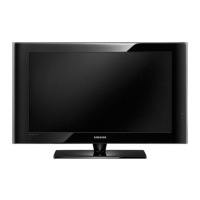
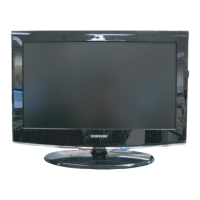
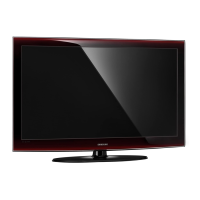
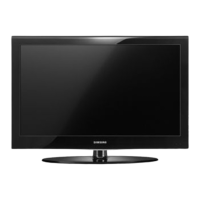
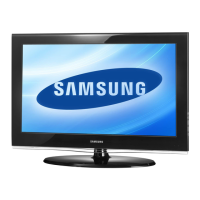
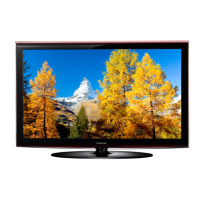
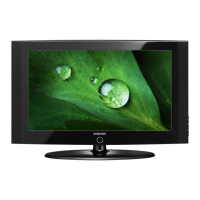


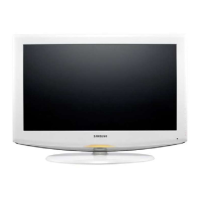
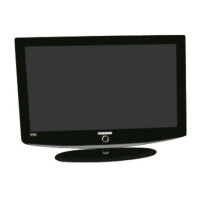
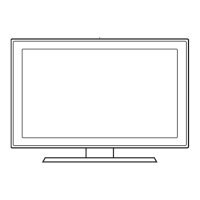
